AO Edited
Source du Nil
For millennia, explorers were obsessed with discovering the source of the Nile—is this small mountain stream really the answer?
In the lush mountains of Burundi, 70 miles southeast of the bustling city of Bujumbura, lies the southernmost source of the Nile River—maybe. There are, in fact, many sources of the Nile. But this mountain stream in Burundi is likely the southernmost source of the river, which cuts a winding course through several countries before it empties into the Mediterranean. Also, it has a pyramid.
At around 4,100 miles, the Nile is the world’s longest river. It has three main tributaries: the White Nile, the Blue Nile, and the Atbara. In 1863, English explorer John Hanning Speke “settled” the question of the Nile’s source, claiming that the terminus was Lake Victoria. But many rivers flow into that reservoir, the two largest being the Nyabarongo River, which flows from Rwanda’s Mount Bigugu, and the Ruvyironza (later Ruvubu) River, which flows from Burundi’s Mount Kikizi. It was German explorer Burkhart Waldecker who tracked down this latter source.
Waldecker identified the Burundi source on November 12, 1937. He had come to the Belgian Congo seeking asylum from Nazi persecution, and soon after became obsessed with finding the Nile’s source. It’s said that it took Waldecker four years to trace the nearly 4,350 miles between where the Nile empties into the Mediterranean and this source in Burundi. Both then and now, the Burundi source is only a tiny trickle of water flowing slowly down from a spring on Mount Kikizi.
In the centuries before Waldecker arrived in Africa, other European explorers came searching for the source of the Nile. As early as 460 B.C., the Greek historian Herodotus guessed at the Nile’s origin. In the first century, the Roman Emperor Nero sent two centurions to lead an expedition in search of the river’s source. But the emperor’s death brought the expedition to an inconclusive end. In the early 1600s, two Spanish Jesuit priests explored some of the Blue Nile’s tributaries.
Then, in the 19th century, explorers became even more obsessed with discovering the river’s true source. There was the Scottish physician David Livingstone, the aforementioned British army officer John Hanning Speke, and the Welsh-American journalist Sir Henry Morton Stanley, who undertook the expedition on behalf of King Leopold II of Belgium. It became somewhat anticlimactic once multiple sources were discovered.
Nevertheless, when Waldecker located the source in Burundi, he erected a stela on the nearest mountaintop “to remind people of the glorious destiny of the river.” He later replaced that stela with a stone pyramid bearing a Latin inscription: “CAPUT NILI MERIDIANISSIMUM,” which roughly translates to “the southernmost head of the Nile.”
Know Before You Go
The pyramid is a few hours drive from Bujumbura, and there is a small parking lot at the site.

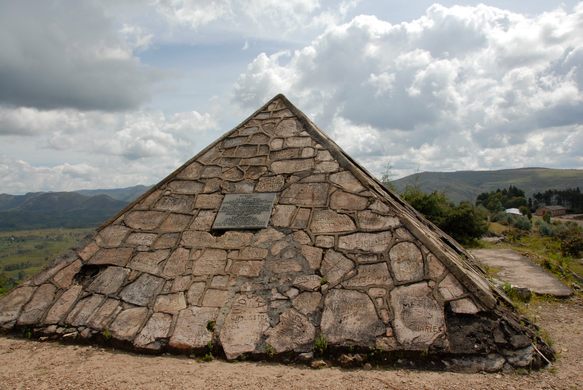
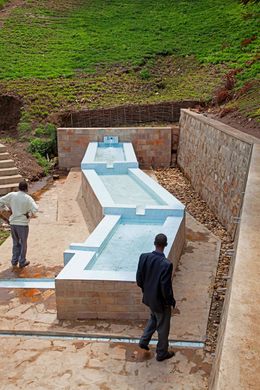

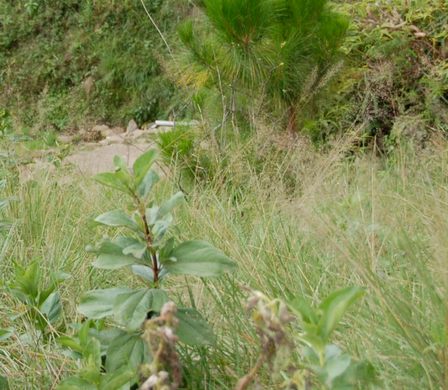

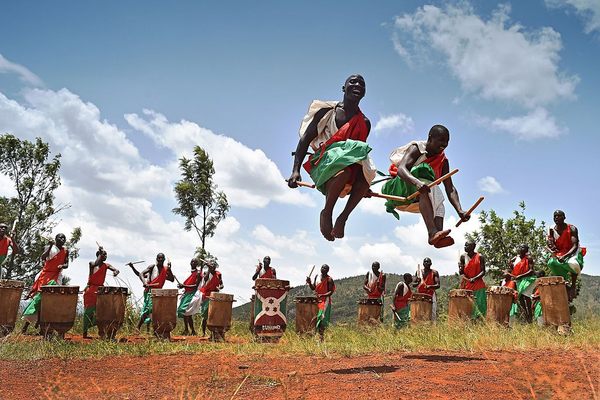



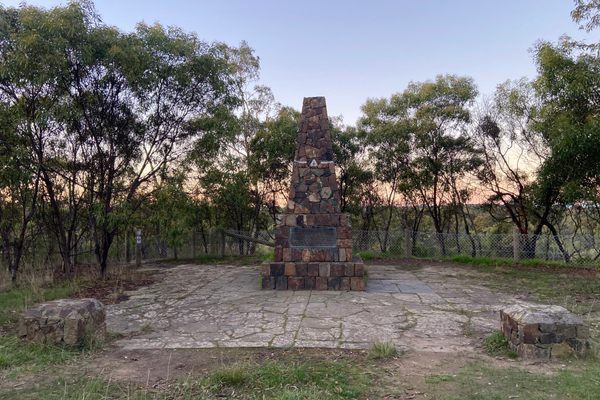
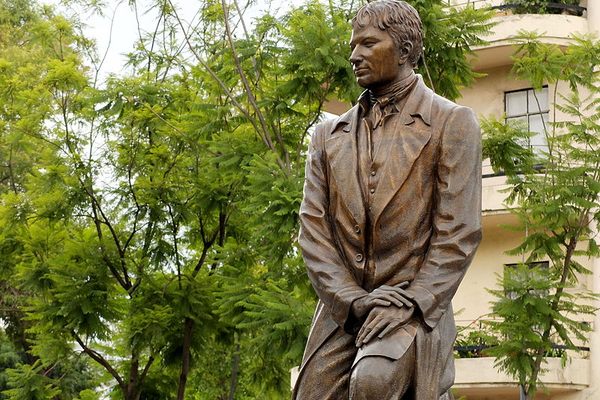

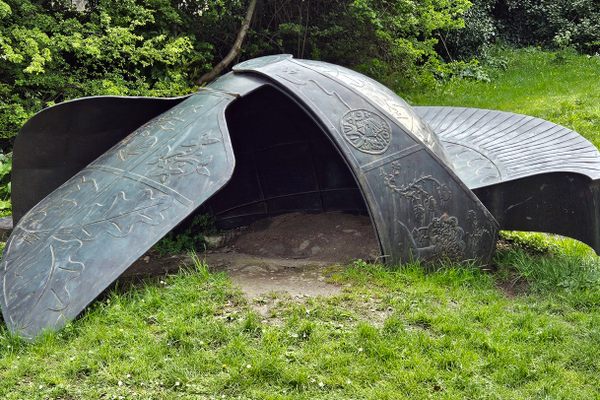

Follow us on Twitter to get the latest on the world's hidden wonders.
Like us on Facebook to get the latest on the world's hidden wonders.
Follow us on Twitter Like us on Facebook